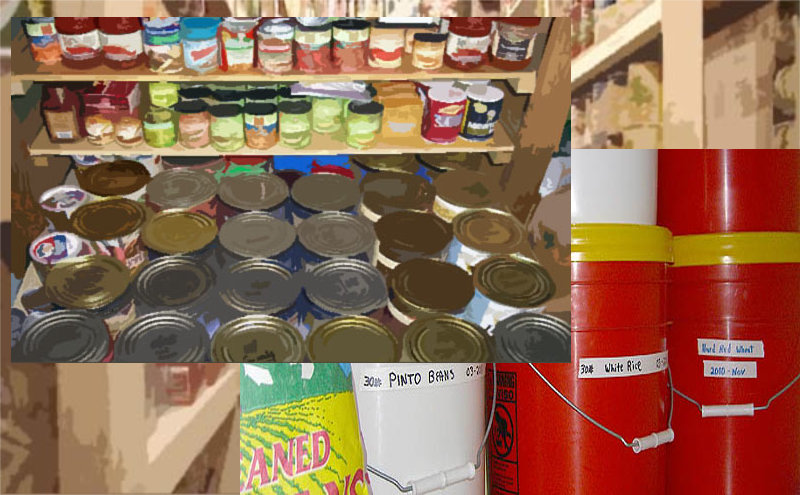Old Food Storage – Did You Try It? Was It Still Good?

Do you have some long term storage foods that are old, or really old? Have you thought about whether or not it’s any good any more?
It depends what it is, right? The type of food. How it’s packed, the storage environment, expected normal shelf life…
Plus, we all know that we “should” be consuming from our LTS, first-in first-out (FIFO), so it doesn’t get too old. However, we’re all guilty of letting that concept lapse from time to time…
If you have been into the preparedness-mindset for many years, well, you likely have some long term storage foods that are getting pretty old.
There was a comment the other day over on the open-forum about experimenting with some old food storage. It inspired today’s topic. I thought it would be interesting to toss this question to the group…
What are some of your examples trying some of your old food storage? How old was it? What type of food was it, and how was it packaged? Were there any surprises (good or bad)? Any preparation tips & tricks in this regard due to its age?
Here’s a related comment from “Mrs. U”,
Experiment under way on pinto beans from 1995 and 1987!
25 pounds of beans in heavy paper bags – like seed might come in. Mr. has been thinking the food saving thing for a long time and kept some of the food for A LONG time.
The size of the bean is about 2/3 the size of a fresh dried bean. So, I am soaking some beans to see how long it will take. Some whole, and smashed some with a hammer, and put scalding water over them.
I ground some beans in the Grain Maker and got some bean flour, added water and made a paste. Fried in some oil. Tasted ok. Could add onions, peppers and such to make a type of refried bean patty or maybe soup. Edible for sure.
So, beans are now in buckets. Not sure but I suspect some of the vitamins have dwindled, but the protein should still be the same.
Now for the 1982 ziti pasta test. It was still in the cellophane type bag. Cooked up like a fresh bag and tasted the same. These food items were kept in a large plastic tub in their store-bought bags in a house. Now some of the plastic bags were decomposing some, and the food was sticking to it. Those were trashed.
~ Mrs. U
This is a reminder to check your food storage inventory from time to time. Look for oldest foods and evaluate.
Become familiar with the various general shelf life expectations, which vary, sometimes widely, depending on what it is, how it’s stored, etc. Although many ‘old’ foods are still fine well beyond these general guidelines.
[ Read: Use-by, Best-by, Sell-by | Food Expiration Dates ]
Inspect all of your food storage for physical abnormalities. Bulging cans. Rust. Rodent intrusion. Odors. Visible issues.
Try to get in the habit of regularly consuming from your inventory, oldest first. Then replenish where applicable.
A good general guideline — buy what you eat, and eat what you store. (Though there are some reasonable caveats to that for various long term food items).
Another good “rule-of-thumb”, “When in doubt, throw it out.”
Again, looking for your stories of dealing with some of your very old foods, and what you discovered… Did you try it? Was it still okay or good?
